F18 Convertible: Daggerboard case placement explained by Martin Fischer
Photo: Jasper van Staveren , Render: Scorpion Convertible, using same exact case position as Martin Fischer’s Hobie Wildcat F18 (2008) , also featured in current Scorpion standard F18 . – With many builders going for the F18 Convertible concept and discussions on daggerboard placement for the foiling mode I contacted Martin Fischer once more to remind us (already explained in his past CSN interviews/articles) why he placed the daggerboards in front of shrouds already back in 2008 with the Hobie Wildcat F18.
Fischer is one of our main references in terms of Design & Tech development and he is always willing to give us insights and didactic explanations.
Below his comments on the Convertible & technical background on current defacto daggerboard case overall position in Cats, being foilers, F18 convertibles or A-Class. Martin did it first in the Wildcat F18, later Phantom F18 / Flying Phantom , GC32 and also in the A-Class with the Mayfly.
I followed suit with the Scorpion and all the A-Class builders have also followed his original work done with the Mayfly dagger case position back in 2011. Important to remark that this placement has been a winning one in floating mode too with the Wildcat, Phantom and Scorpion World Titles.
Martin Fischer is always leading innovation and showing the path for the rest. We are also happy to hear he is behind a 50 foot daysailer foiler project.
——————————–
——————————–
Martin Fischer: Convertible & Daggerboard case position explained:
“I think the F18 convertible is a development into the right direction. I don’t see any reason why the concept should not work. The A-Class Z-foil configuration is surely a configuration that works, but I think also the J-foils, as on the Phantom, could be an option; surely more difficult to sail but it would
be definitely quicker.
As of the forward position of the daggerboards – on the F18 but also on other cats:
We introduced that position first on the Hobie Wild Cat, I think back in 2008. The idea behind it is straight forward: The sails produce a lateral force that has to be compensated by the hydrodynamic forces. This hydrodynamic lateral force is produced by the boards, the rudders and the hulls. The efficiency of the hull or hulls to produce side force is obviously much lower than that of the appendages. Therefore we want to unload the hull as much as possible (reduce leeway as much as possible).
Now let’s assume – for simplicity – that only the leeward daggerboard and the leeward rudder produce this side force, and let’s further assume that the efficiency of the daggerboard and the rudder is the same.
For a given boat speed the induced drag of an appendage is proportional to (Lift/span)^2. For our two appendage case we obtain the lowest induced drag for a given total lift for an equal lift distribution between daggerboard and rudder, hence the dagger case should be really far forward!
In real life we cannot achieve an equal share of lift between daggerboard and rudder because it would be very difficult to re-accelerate the boat after a tack or at the start. But we can try to get closer to the optimum by bringing the daggerboard further forward. In fact the more the daggerboard moves forward the lower will be the drag in straight line sailing, but the acceleration after a tack or at the start will become more and more difficult. Thus we have to find the right trade off between straight line speed and manoeuvrability.
For the Hobie Wild Cat, and later on for the Phantom I ran optimization of the lift distribution for four appendages: leeward and windward rudders and daggerboards. The different efficiency of each appendage was taken into account and the maximum leeway angle was set as a constraint. The free parameters in the optimization were the fore/aft position of the daggerboards and the toe-in angle of the daggerboards and of the rudders.
Obviously the optimal daggerboard position was very far forward and furthermore the optimization wanted to go for high loads (high lift coefficients) on the rudders. This cannot work for the reason pointed out above. A second problem is that the rudder needs to operate at a relatively low lift coefficient in straight line sailing to have a margin for extra rudder lift in critical situations. Therefore it was necessary to introduce constraints on the maximum rudder lift coefficient. The optimization with varying rudder constraints gave a range of daggerboard positions. We tested some of those positions and took the most forward one for which we still achieved sufficient manoeuvrability at low speed, hence after a tack or at the start.
On the A-Cat the best trade off between speed and manoeuvrability is achieved for a slightly more backward daggerboaɾd position. First, the A-Class doesn’t have jib, so the centre of the aerodynamic forces is further backwards and secondly the boat is narrower which also requires a more aft daggerboard position.
On the Flying Phantom the daggerboards are even more forward than on the F18. This is necessary since the boat is much wider. Furthermore it has an important safety effect. On the Flying Phantom the windward foil is pulled up and it sits in front of the shroud. If the boat crashes at high speed the helmsman – sitting on the trampoline – may be ejected forward against the shrouds. This is not very pleasant, but still way better than being sliced by the razor sharp trailing edge of the windward foil.
New Projects
As of new projects, I don’t have much time at the moment. Since about one year I have been working for Luna Rossa, which takes all my time. Nevertheless, before the start of the Luna Rossa campaign I managed to work with friends on the foils for the new Sodebo Maxi trimaran of Thomas Coville and we designed a very fast 50-ft foiling daysailer catamaran. The boat will be launched soon and I’ll keep you up to date.”
———————–
——Ends————
© Catsailingnews.com





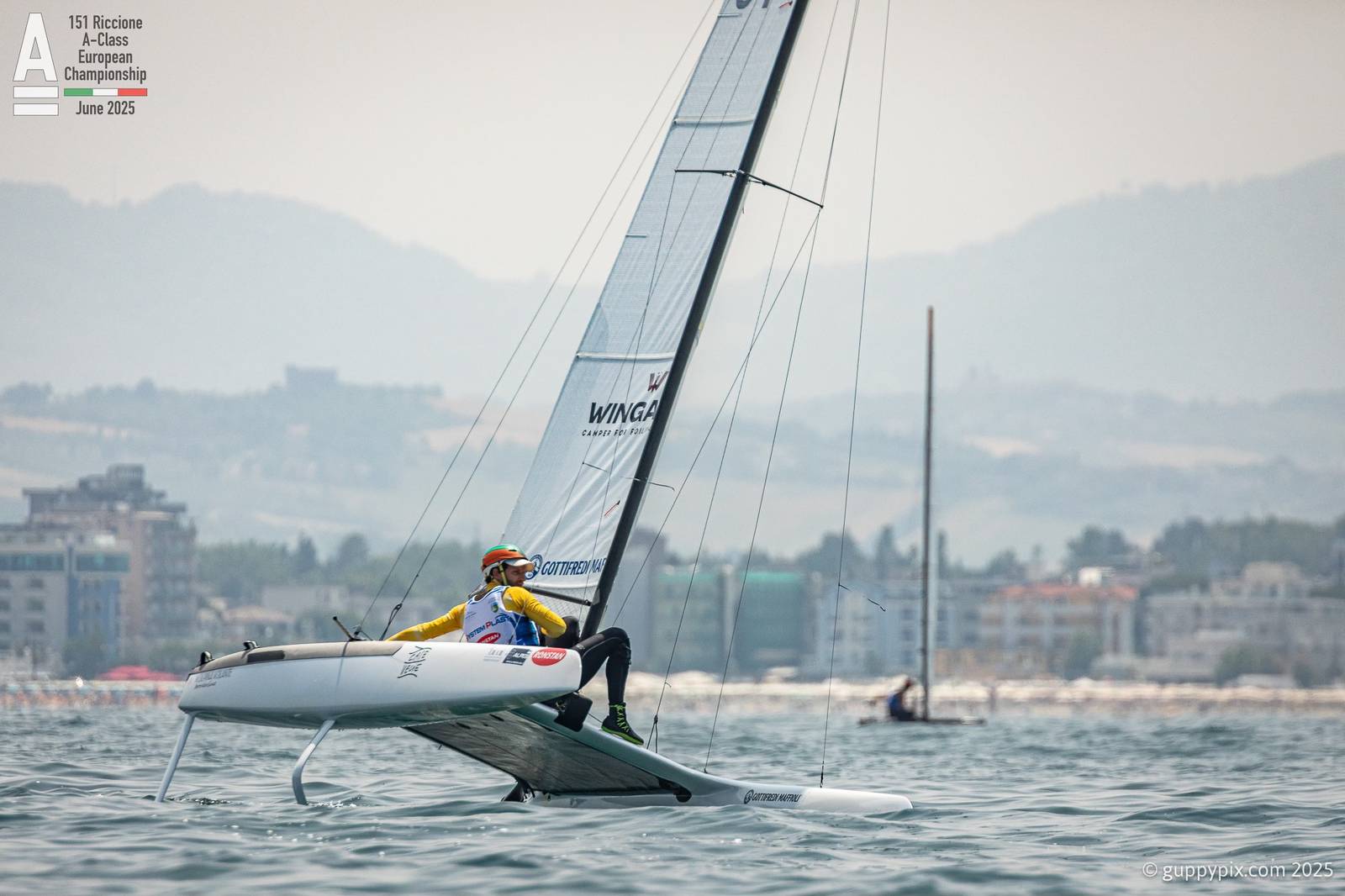
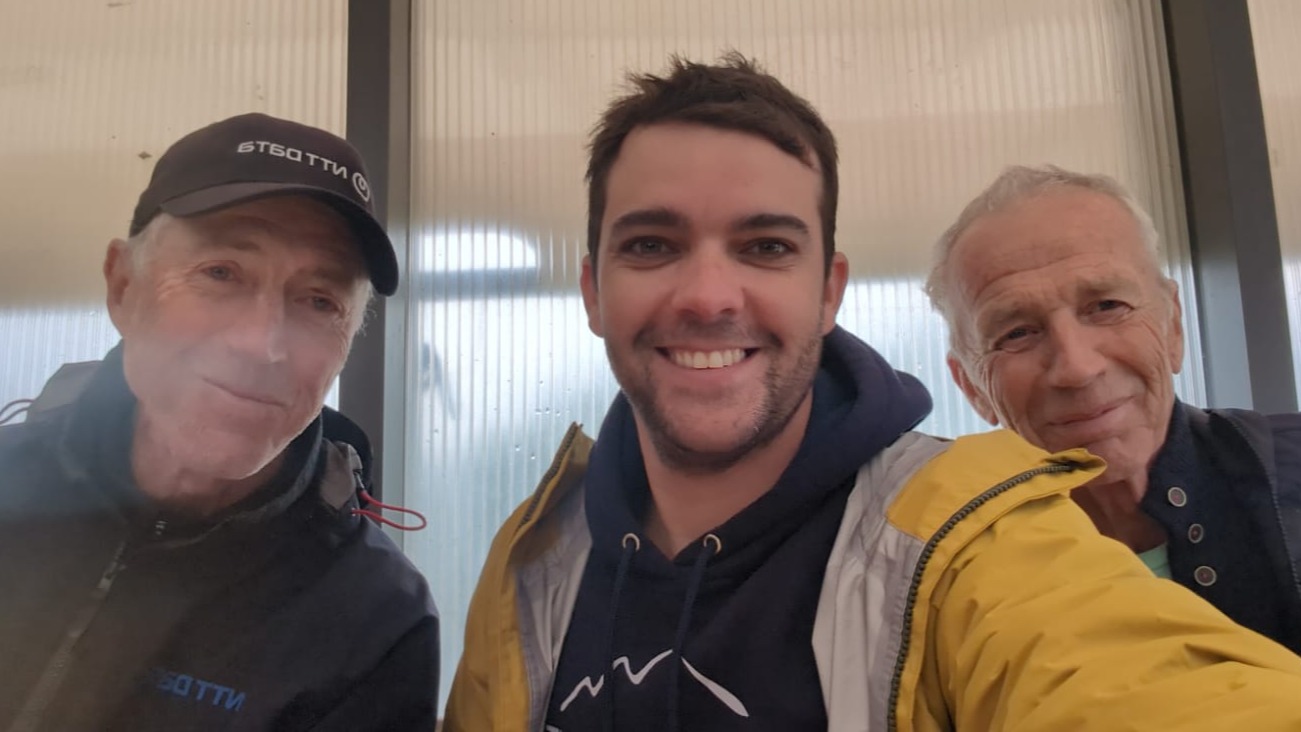
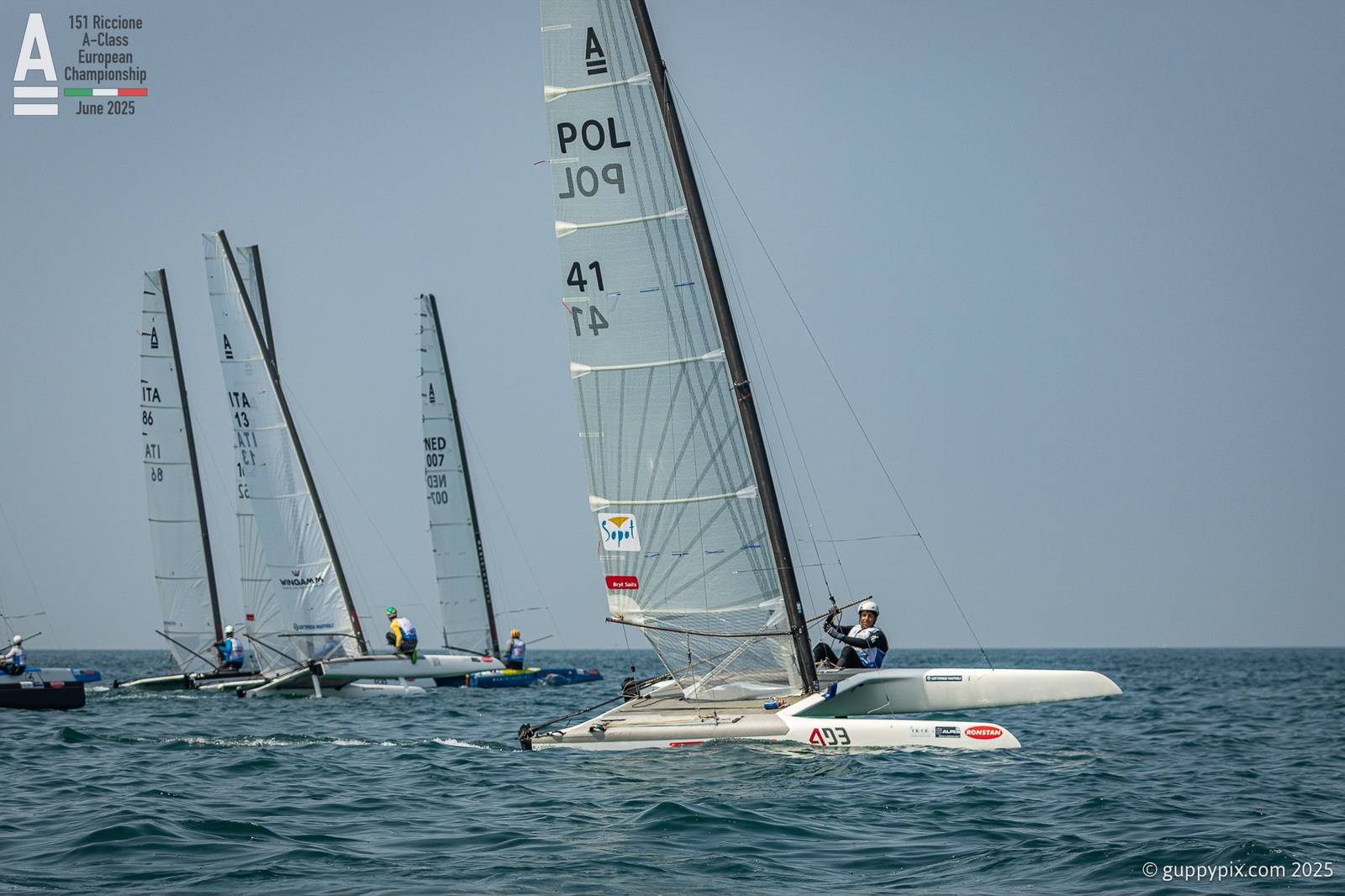
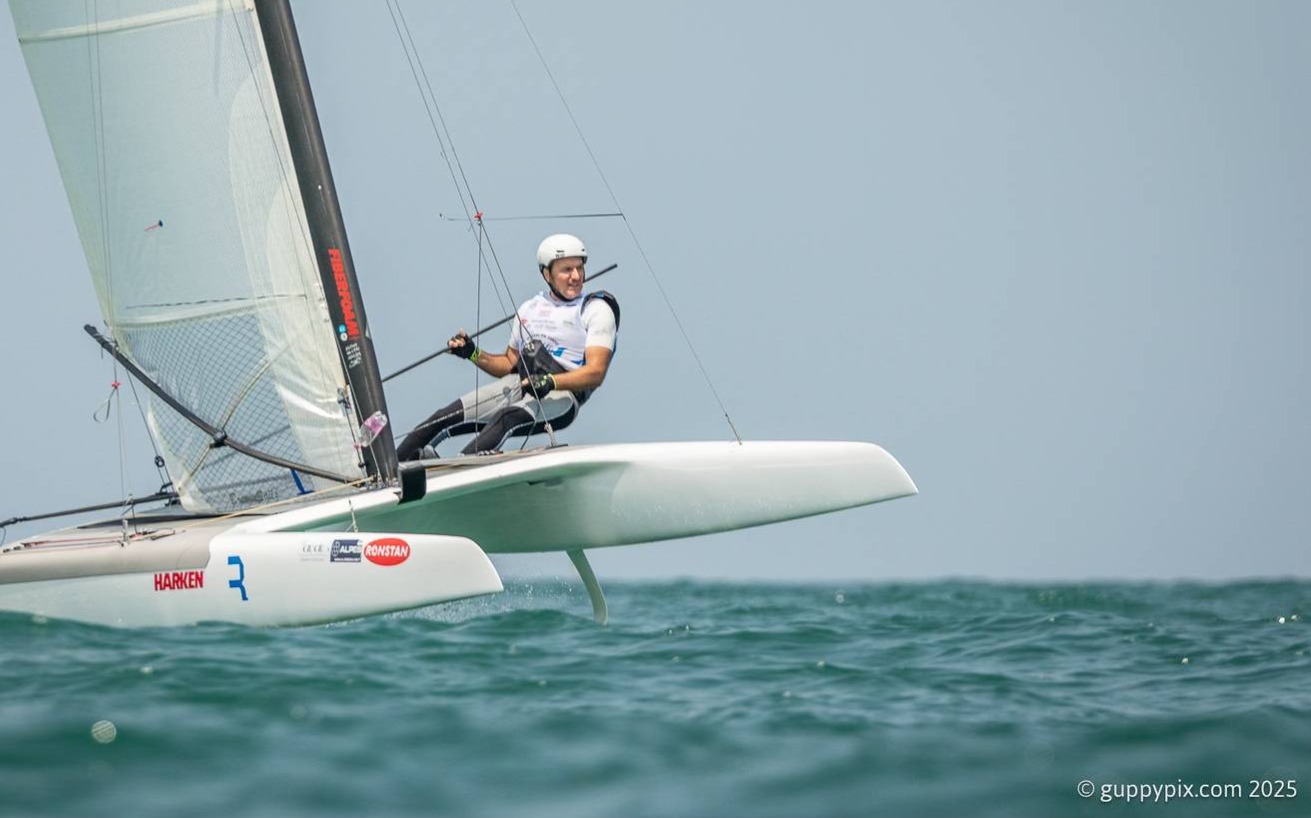
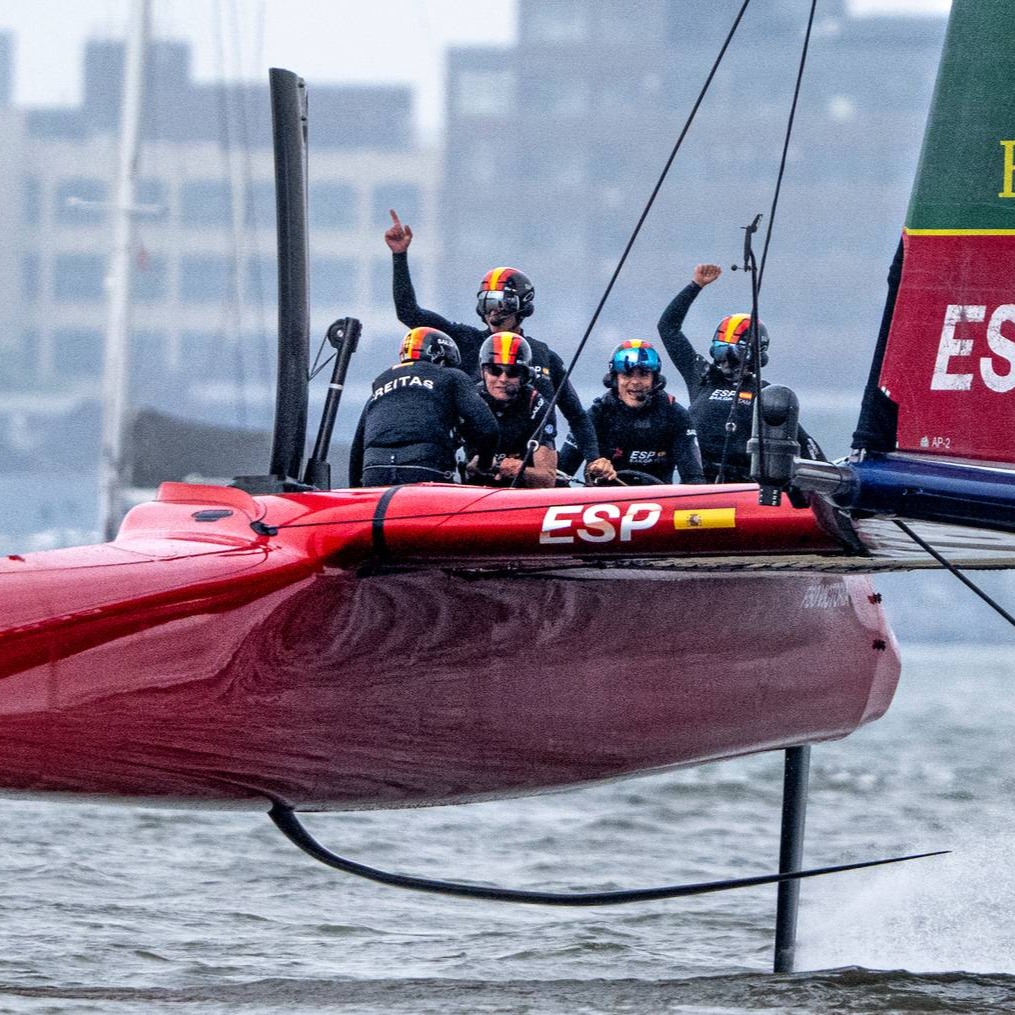
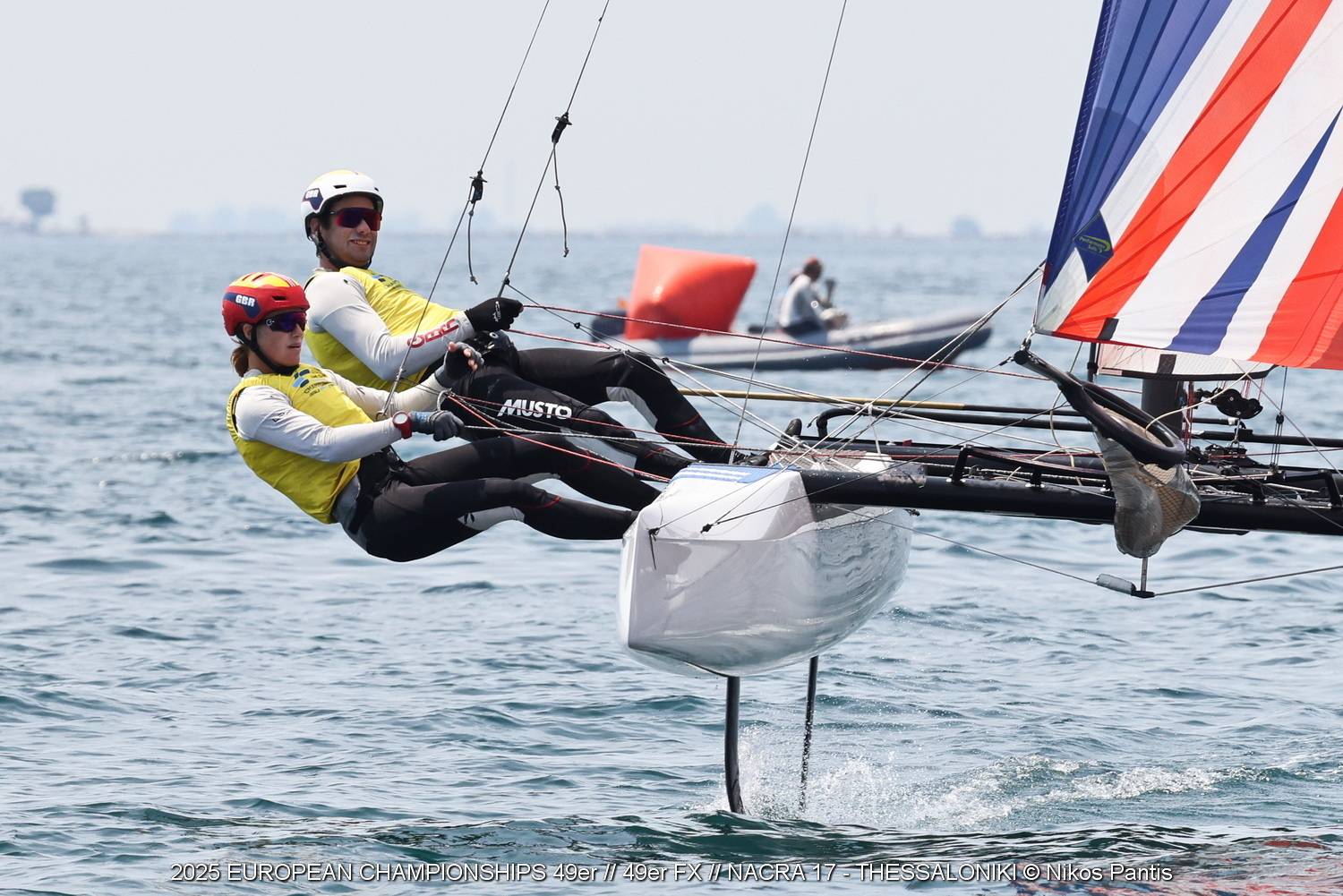
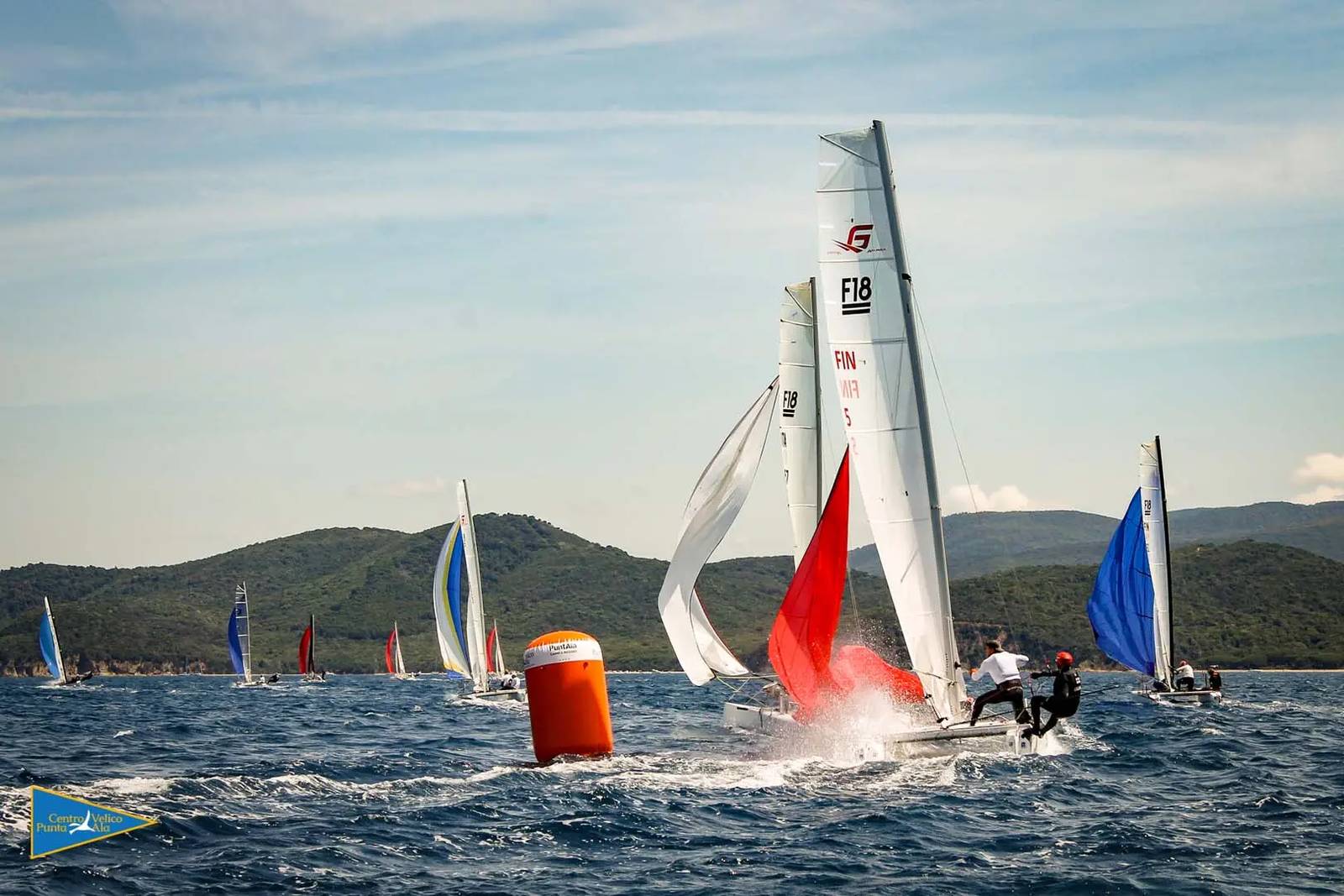
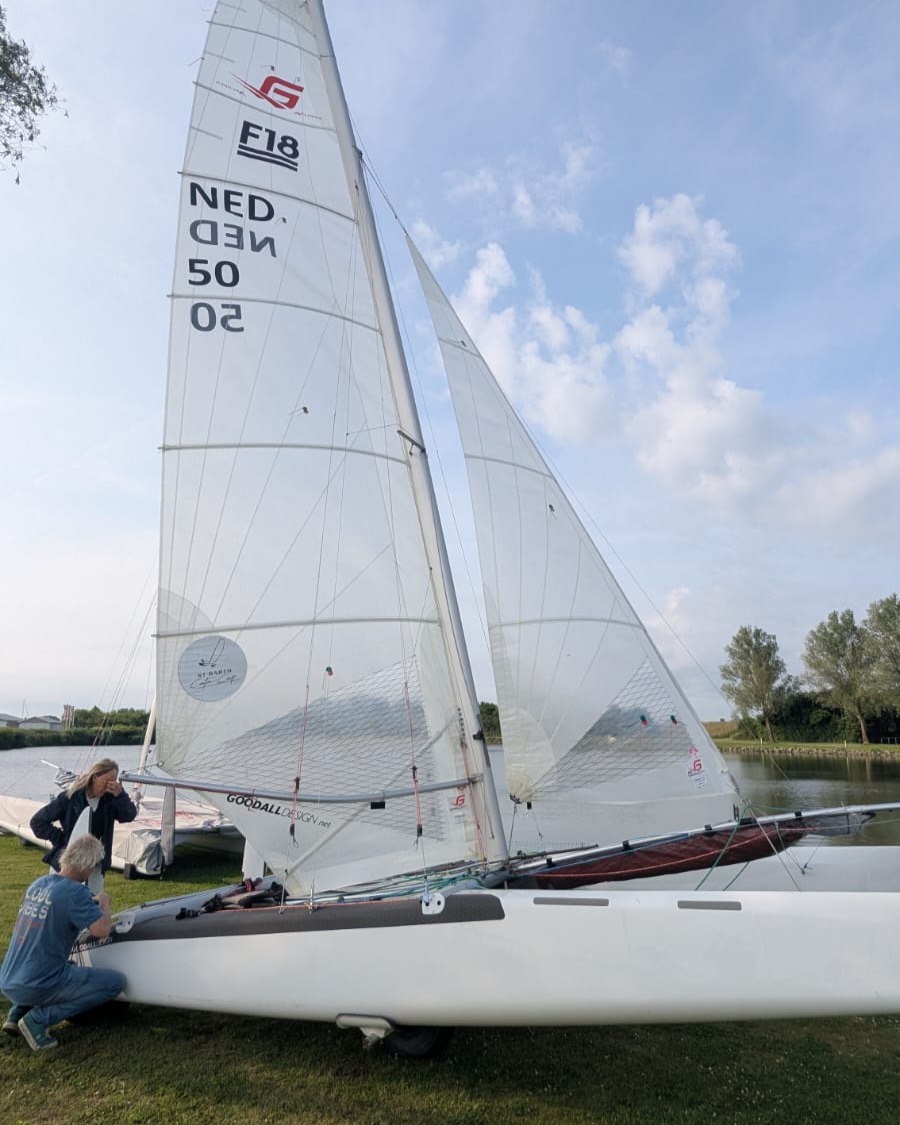
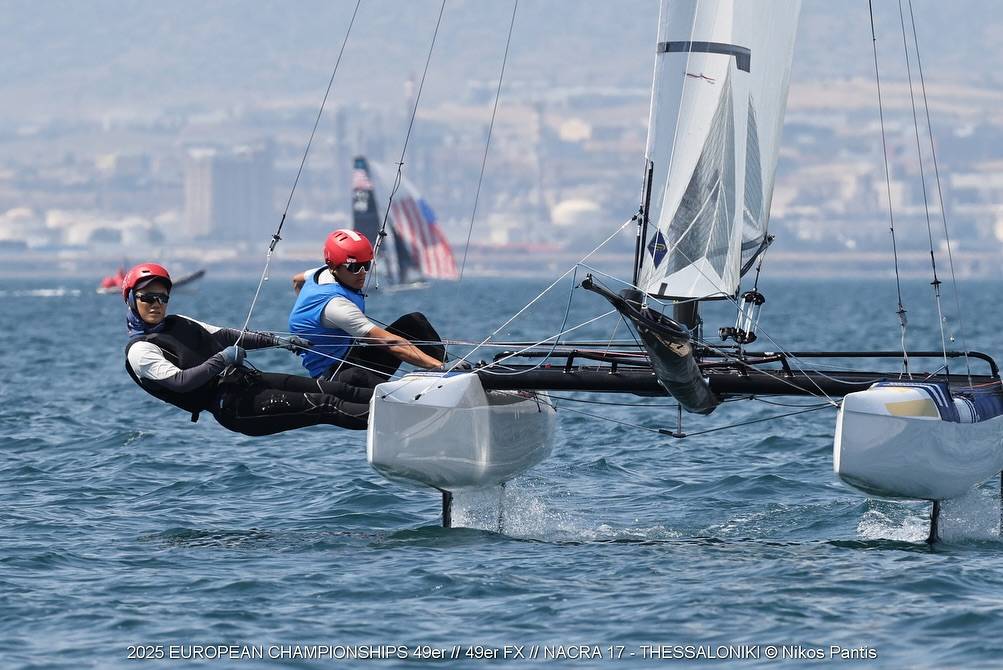



















Teo di Battista , 3° of Classic using Exploder Ad3 2016 version instead Scheurer .
I just heard that my great sailing friend and former CEO of Hobiecat Europe has passed. May The endless oceans…
...Report was sent by an F18 Sailor, if you want Hobies reported send your own, we'll publish as usual. Cheers.
Looks like in your report the Hobies are not really present. Suggest to rewrite the article.
Thanks for the great report Wik. Great battle.